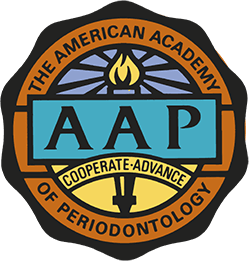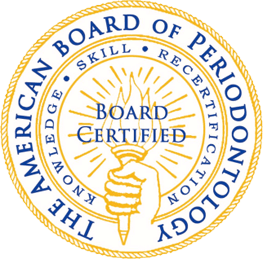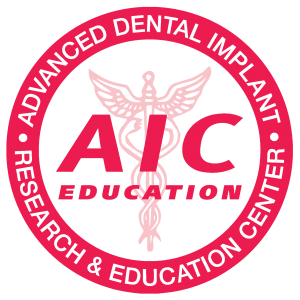Although periodontal disease is often thought of as an adult condition, gingivitis―a mild form of periodontal disease―is often found in children and adolescents. In fact, more advanced and harmful forms of periodontal disease can sometimes occur within younger age groups, including the following:
Chronic Gingivitis: Causes gum tissue to swell, turn red, and bleed easily. Left untreated, chronic gingivitis can eventually lead to more serious forms of periodontal disease.
Aggressive Periodontitis: Affects the first molars and incisors. It can include bone loss, and patients may form very little dental plaque.
Generalized Aggressive Periodontitis: Involves the entire mouth. In these cases, patients have heavy accumulations of plaque.
Hormonal changes in teenagers can put them at risk for periodontal disease. During puberty, an increased level of hormones such as progesterone and estrogen can cause a surge in blood circulation to the gums. This may increase the gums’ sensitivity to irritants, including food particles and plaque. During this time, the gums may become swollen, turn red, and feel tender.
As a teen gets older, the tendency for the gums to swell in response to irritants will decrease. However, it is very important to follow a good dental hygiene regimen during puberty, including daily brushing, regular flossing, and regular dental visits. In some cases, a dental professional may recommend periodontal therapy to help prevent damage to the tissues and bone surrounding the teeth.
Preventing Childhood Periodontal Disease
When good dental hygiene habits are established early, periodontal disease can be prevented in children.
Consider these tips:
- When your child is 12 months old, you can begin using toothpaste when brushing his or her teeth. It’s important to start flossing when the gaps between your child’s teeth close.
- Serve as a good role model by practicing good dental hygiene habits yourself.
- Schedule regular dental visits for family checkups, comprehensive periodontal evaluations, and bi-annual cleanings.
- Check your child’s mouth for signs of periodontal disease. Symptoms include bleeding gums, swollen and bright red gums, gums that are receding from the teeth, and bad breath.
- Early diagnosis ensures the greatest chance for successful treatment in people of all ages. Children should receive a periodontal examination as part of their routine dental visits.
Contact us today at (818) 705-3232 to learn more or schedule an appointment.











